Robert Redford’s Quiz Show provides a look into the importance and influence of television in American history. By watching this movie, one could learn about what is perhaps one of the most intriguing scandals to grace the small screen: the “Twenty-One” scandal. The information discussed in this film is very important and relevant because it encapsulates the consumer-producer relationship. By that I mean that it seems as though Americans don’t care if what they are watching is accurate or true, as the contestants on “Twenty-One” were cheaters, but are just looking to be entertained. This film begs the question of if it is okay to lie to a collective of people as the television executives did, and (spoiler alert) it comes to the conclusion that it is. This should be very important to all people because we should know if what we are being told every day is false.
Of course, this is slightly ironic because historical films have a reputation for not being completely true or for leaving things out, and this one is no exception. What one may not realize while watching this film is that there were many other quiz shows at the time that did similar things to “Twenty-One.” What is also not discussed is the fact that these quiz shows became a political issue, with an Arkansas Democrat named Oren Harris announcing that he would be investigating these crooked game shows. Also, the whole ordeal went on for at least three years, which is much longer than was portrayed in the film.
I think that if Robert Redford had added another twenty minutes to Quiz Show, he should have covered similar game shows of the time because it would have added some really great context of just how far over the line “Twenty-One” stepped comparatively. Other shows of the time asked “favored contestants” easier questions than unfavored ones, but “Twenty-One” went even further by giving contestants the answers! In my mind, I am envisioning a montage of actual clips from game shows like “The $64,000 Question”. Quiz Show has a very elegant feel to it so this would have to be done with some poise, but I think this would have made for some very informative scenes. It would have been neat to see the television executives from the other shows justifying their crazy ways because “look at what Twenty-One is doing, we aren’t as bad as them!” Again, I’m sure that Redford could have found a way to do this and still have kept the lavish charm in his film.
Quiz Show is a fascinating film and is actually pretty on the money with a lot of historical details, and I applaud that. However, it definitely would have been nice to have seen a bit more context given.
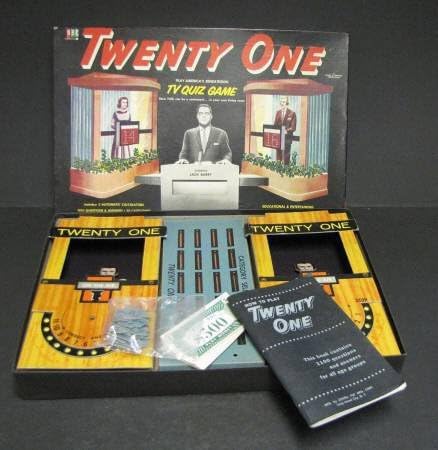



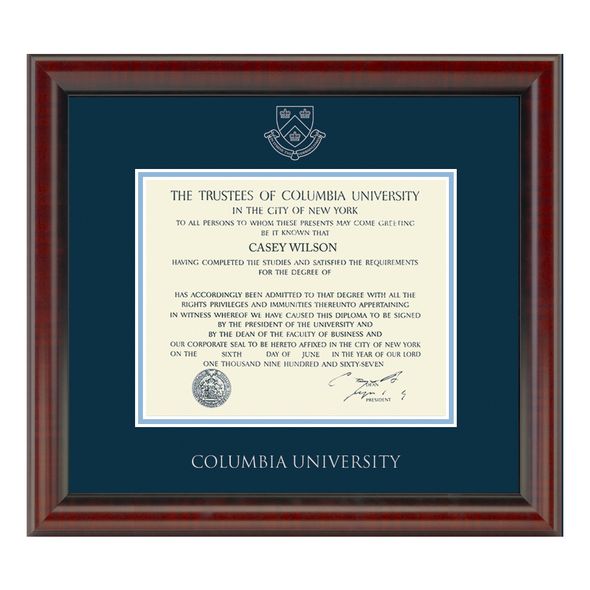





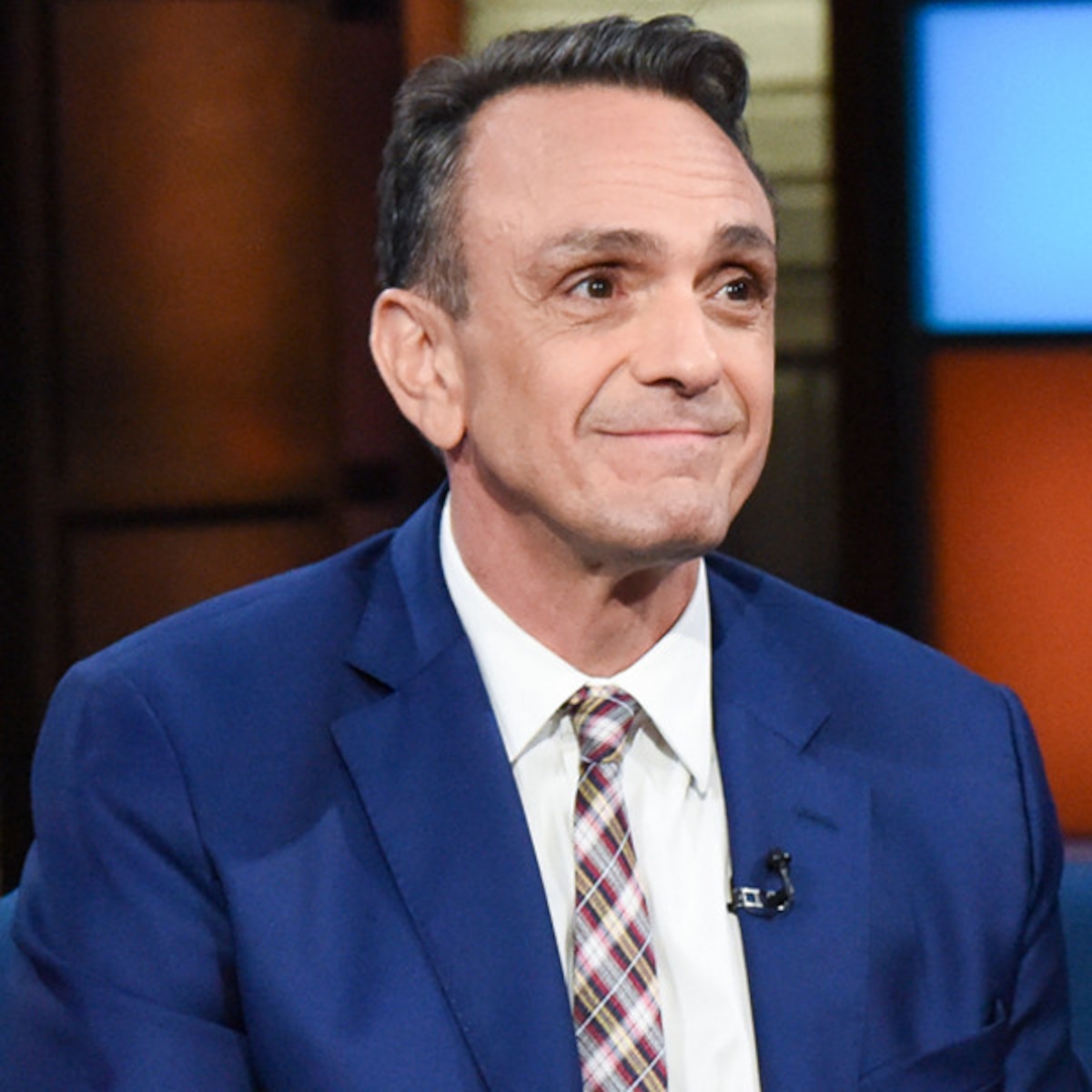


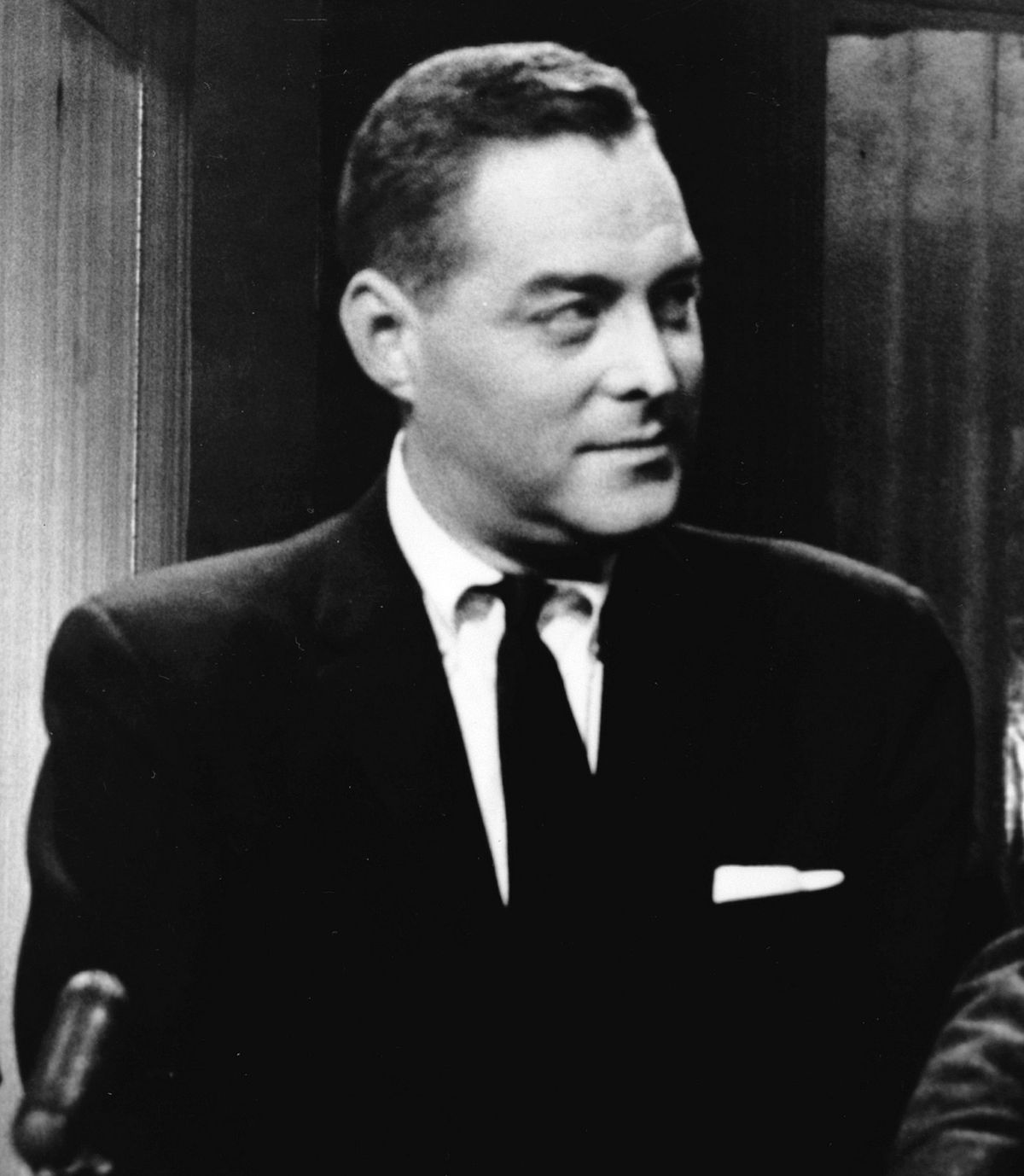











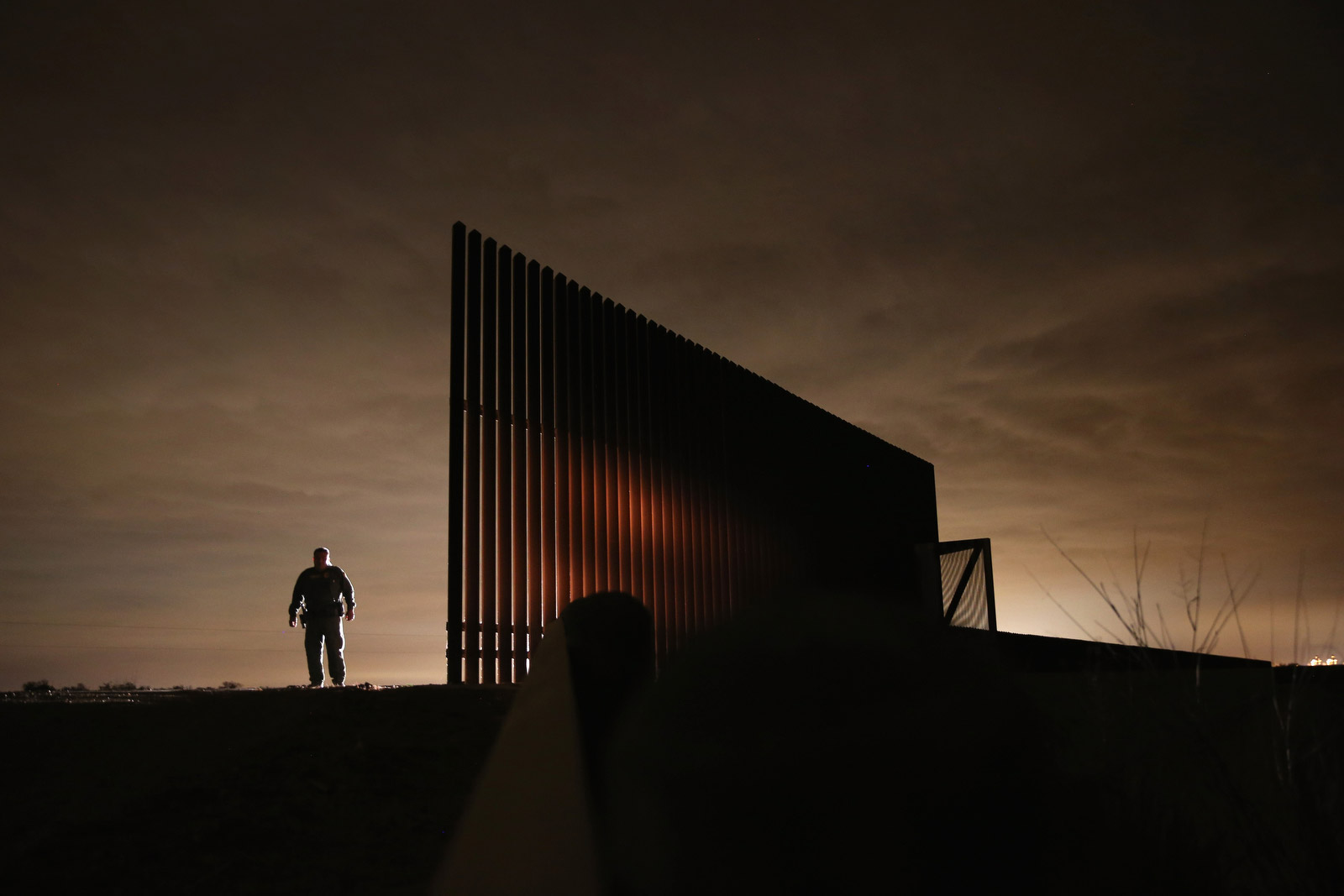
/https://static.texastribune.org/media/files/e09b46de0b6e98a18f5664a4f1fbe74d/11_3_days_General_MKC_TT.jpg)


